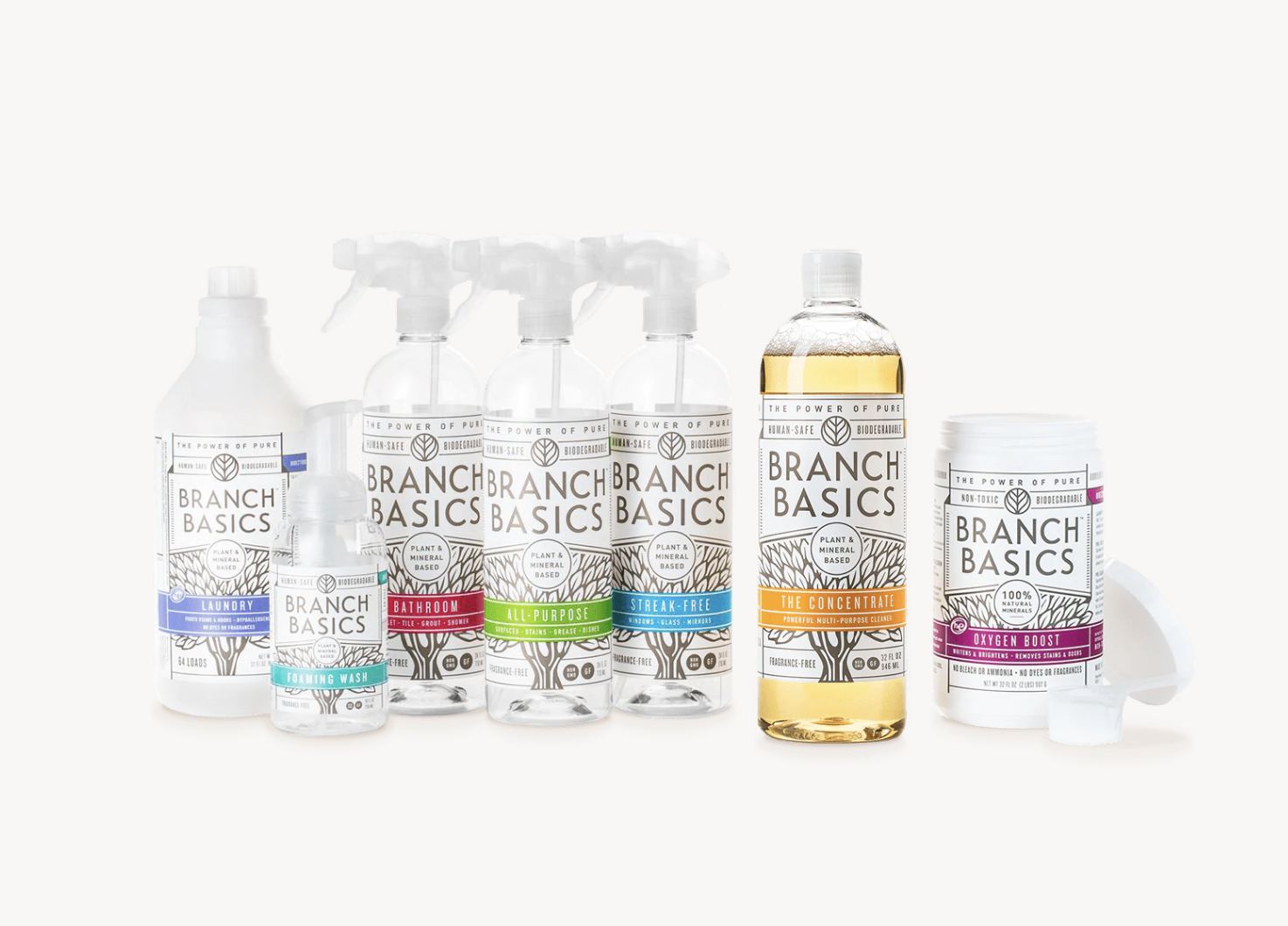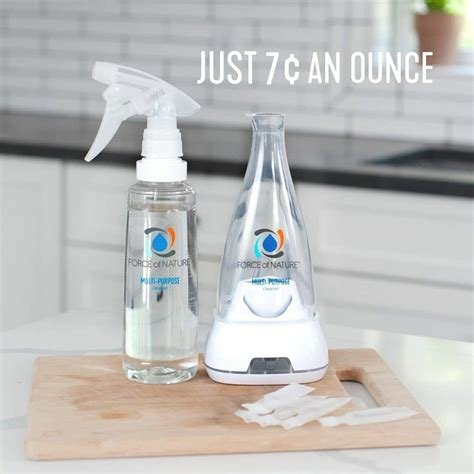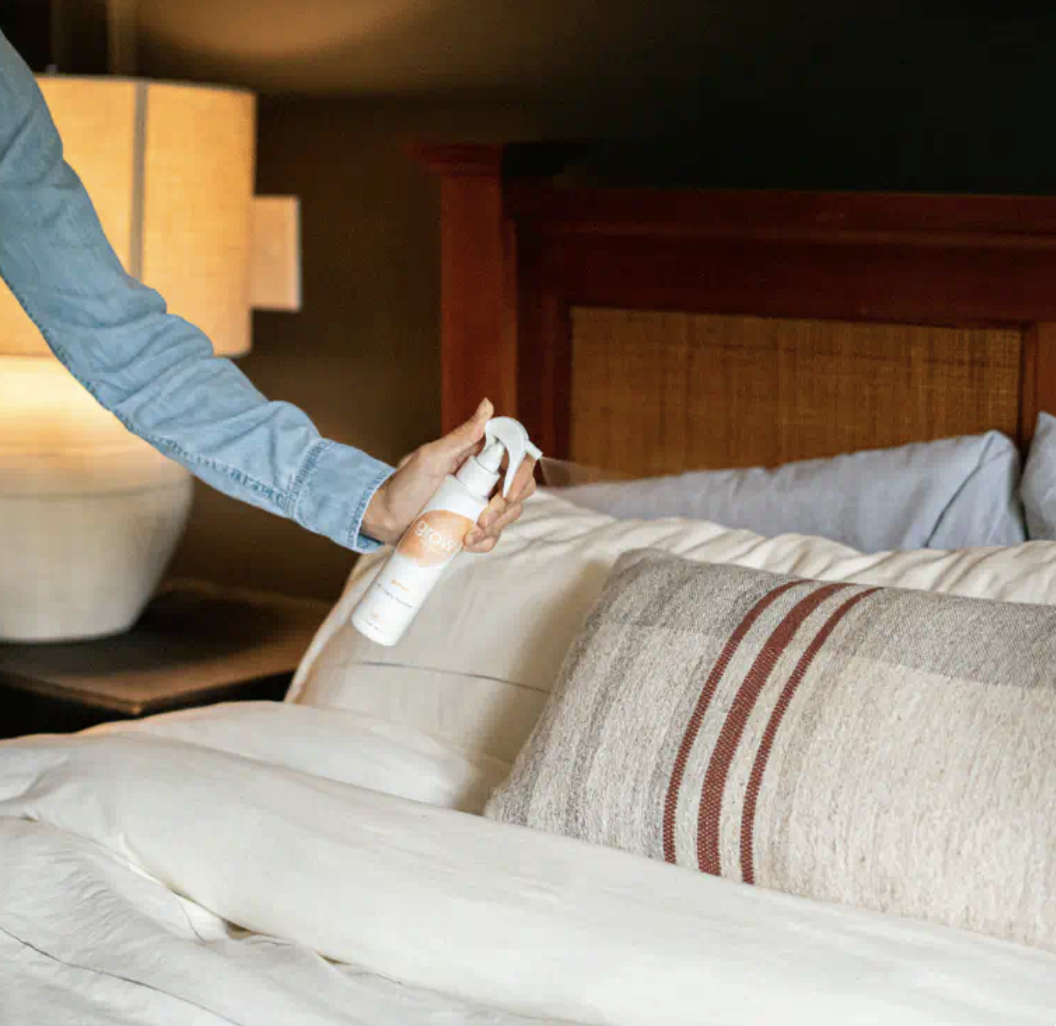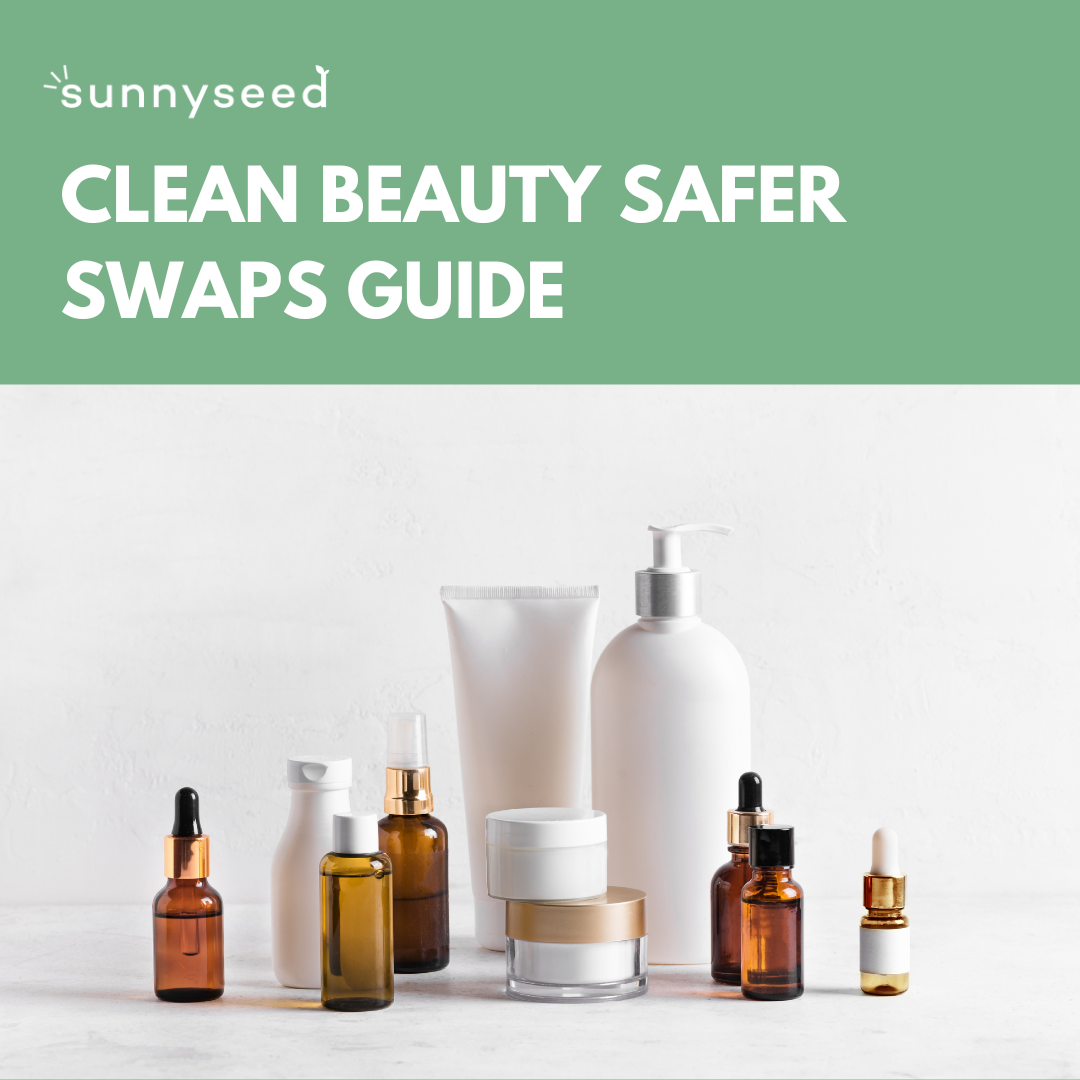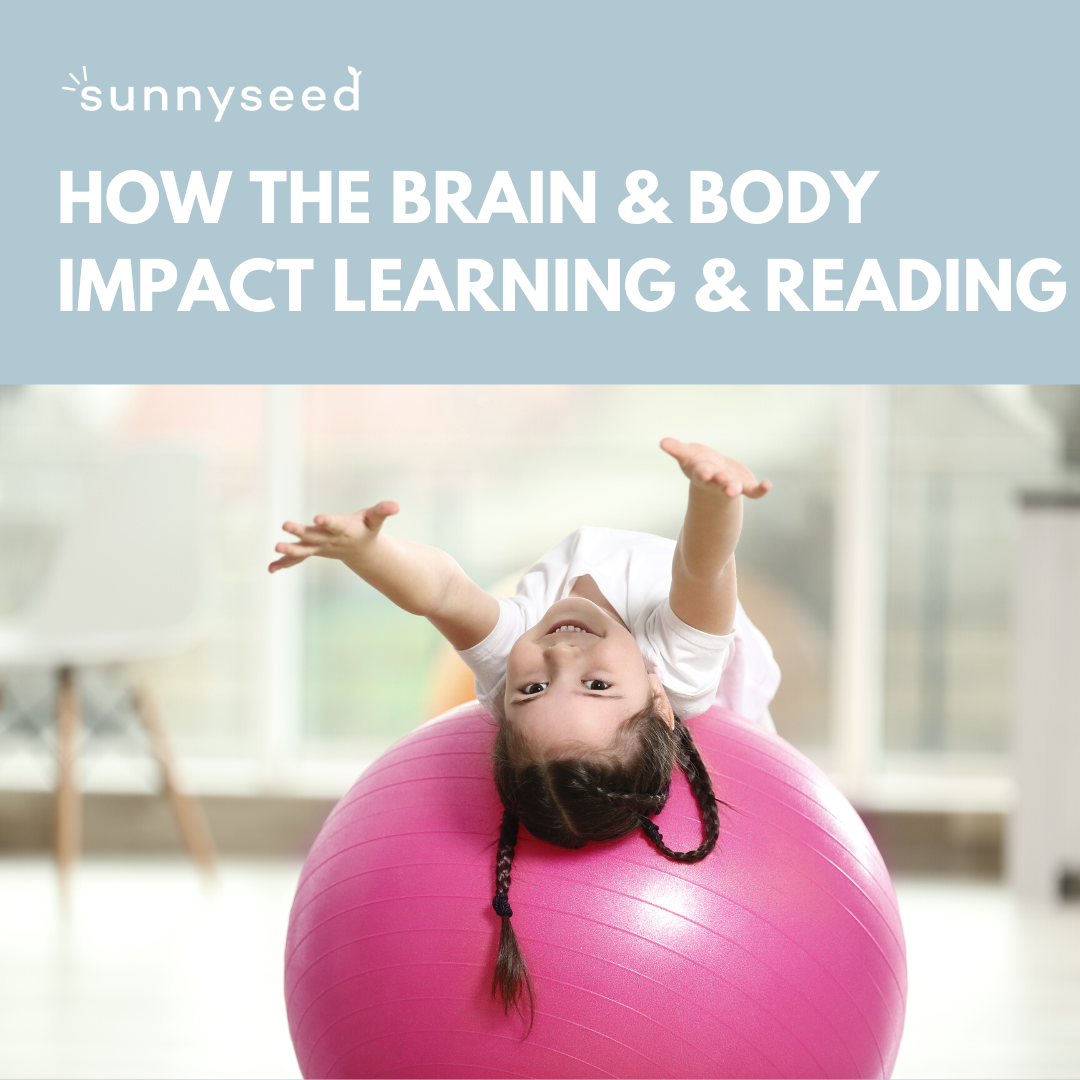Artificial Fragrances and Your Child’s Health
Most of us have pleasant associations around scented candles, fresh smelling laundry, and fragrances – and it’s understandable, since these products are marketed as harmless ways to bring a little beauty and luxury into the home. The truth is, however, that most commercial fragrances are potent chemical cocktails with known risks to human health. As the gatekeepers of our home, it’s important to understand the dangers of artificial fragrance, especially with rapidly developing children in the home, and how to confidently choose safer alternatives.
THE FRAGRANCE LOOPHOLE
How can you judge whether a product is genuinely safe when terms like “natural” or “fragrance” are not clearly defined or regulated? It’s difficult for consumers! Scan the ingredients list of any scented product and you’ll soon see “fragrance.” But this vague term could refer to any of the more than 3000 chemical additives companies are not required to disclose by virtue of their blend being “proprietary information.” Many of these hidden chemicals contain cancer-causing carcinogens and hormone disrupting chemicals. They have been shown to be neurotoxic to the brain, which can affect mood, behavior, cause obesity, migranes, and trigger asthma symptoms. Not to mention, they can be overly stimulating to young babies and children!
Have you ever walked past the laundry detergent aisle at the store and smelled the fragrances THROUGH the sealed bottles? These chemicals are so potent they permeate porous materials like plastic, curtains, bedding, and upholstered furniture, which dramatically impacts your home’s air quality over time.
A safer option is to avoid products that contain the term fragrance. This includes laundry detergent, cleaning supplies, body products, and even perfume.
Thankfully, consumers are demanding more transparency and brands are (slowly) beginning to listen and do better. I’ve found some safer fragrance options that still perform without wrecking havoc to our family’s health.
Safer Swap: Clean Parfum
The only company to ban over 2800 harmful ingredients from formulation, and screen every ingredient against 23 health and safety endpoints.
EWG verified, high performing, award winning, and free 60 day returns.
IMPACTS ON HEALTH
A a 2016 study found that almost 35% of people claimed to experience health problems when exposed to fragrances products, such as migraines and headaches, respiratory difficulties, mucosal symptoms, contact dermatitis and even neurological problems.
The Agency for Toxic Substances & Disease Registry (ATSDR) has already issued warnings for many of these ingredients. For example, here’s what it says about toluene:
“Breathing toluene vapors in small amounts may cause a mild headache, dizziness, drowsiness, or nausea. With more serious exposure, toluene may cause sleepiness, stumbling, irregular heartbeat, fainting, or even death.”
Unfortunately, there is often no way for customers to know whether the sweet-smelling candle they’ve just bought contains chemicals like toluene. Those with asthma are especially susceptible, as are children, since their developing lungs are smaller and more vulnerable, and quicker breathing rate means greater exposure over time.
It’s not just scented candles, however. Chemical fragrance can find its way into a range of everyday household products, including laundry detergents, cleaning supplies, insect repellents, toilet cleaner, paint removers, deodorants and, of course, perfume. Behind even the nicest smelling aroma may lurk potent synthetic petrochemicals that act as allergens and respiratory irritants.
Artificial fragrances pollute our air quality! The EPA suggests indoor air quality is up to 100x more toxic than outdoor air quality - and since we spend most of our time indoors, purifying your air has never been more important. Clean air is a critical component of minimizing our cumulative toxic burden and protecting our kiddos. Their rapidly growing bodies and brains are more susceptible. Plus, the brain uses 3x as much oxygen as our muscles.
Air Doctor is100x more effective!
Air Doctor’s UltraHEPA® filter captures 99.99% of the smallest and most dangerous particles as small as 0.003 microns in size, including VOCs, formaldehyde, cleaning chemicals, smoke, dust, bacteria, viruses, mold, and more.
CLEANING PRODUCTS
Cleaning products are not regulated, which means there is no requirement for an ingredient list.
Daily exposure to the most common disinfectant ingredients has been proven to be as damaging to our lungs as smoking a pack of cigarettes a day.
About 40% of children and 30% of adults suffer from allergies or asthma. The CDC recommends that the 2 most common disinfectant ingredients not be used around people with these conditions because they can be dangerous triggers.
BLEACH
A recent study published in the British Medical Journal showed that passive exposure to bleach in the home can cause an increased risk of respiratory illness and other illnesses in children. It immediately irritates the mucous membranes of our nose, throat, and mouth. Repeated use over time can cause deterioration of your esophagus, lungs, and respiratory system.
Bleach is also one of the top poisoning toxins of children worldwide and is an EPA-registered pesticide.
Safer Swap: Hydrogen Peroxide
LAUNDRY
“Chemicals from laundry products that are neurotoxic in the fabric of your pajamas, sheets, and pillowcases enter the body through contact with the skin and also through your lungs,” she says. “These chemicals then go to the limbic system of the brain and ‘excite’ your nervous system, which causes some people to feel stressed, anxious, depressed, and agitated resulting in sleep disturbances, nightmares, and insomnia.” - Marilee Nelson, founder of Branch Basics
Signature fragrances in laundry soap have been designed to impregnate fabrics (clever marketing!). You can soak your clothes for a few hours in Oxygen Boost with 2 tsp. of Branch Basic’s Concentrate to help remove any lingering scents. You can also add a cup of baking soda or white vinegar for extra deodorizing.
A few times a year I also ‘strip’ sheets and towels that accumulate buildup over time.
Safer Swaps: If you like powder detergent, try Molly Suds. I find this to have no scent, which I generally prefer, especially with babies. If you prefer a liquid detergent or a fresh scent, try Truly Free. It’s the most similar to conventional detergents, without the harmful chemicals.
SAFER CLEANING ALTERNATIVES
Branch Basics
MADE Safe certified & third-party tested to be as safe as saline, this all-in-one concentrate can be used to clean virtually everything, from your hands to your oven to your car. We’ve been using it for years!
Starter set is also available with glass bottles.
Force of Nature
The ultimate 3-in-1 cleaner, deodorizer and EPA-registered disinfectant that has zero toxic chemicals.
Molly Suds
Powder laundry detergent for safe and effective fragrance-free cleaning. More cost-effective, too!
Truly Free
This has a lovely scent without being overpowering, but they also have an unscented version available. Truly Free’s dishwasher detergent is also the best nontoxic one I’ve tried in 10 years.
AIR FRESHENERS
Nearly all Febreze and Airwick products rank as a D or F with the EWG. Trash them! You can have a fresh, beautiful smelling home without needlessly exposing your child to toxic chemicals. Even fragrances labeled with essential oils can contain only 1% of genuine essential oils, while a whopping 99% is made up of synthetic petrochemicals.
Grow Fragrance
100% plant-based, nontoxic ingredients and 100% ingredient transparency.
CANDLES
Some candles won’t even list ingredients at all, and the Federal Trade Commission’s Fair Packaging and Labelling Act of 1966 allows companies to keep this secret so long as it is a “trade secrets.” In the absence of such information, customers have nothing to go on but marketing buzzwords or appealing imagery that guarantees nothing.
Candle wicks can be made from zinc or tin which, when burnt, release minute amounts of toxic heavy metals (including lead, prior to a 2003 ban) into the air. The wax itself could contain paraffin, which is a petroleum, coal or shale oil by-product that can release volatile organic compounds (VOCs) as it burns. Toluene, acetone and benzene are two VOCs that are known carcinogens and endocrine disruptors. It’s even been suggested that paraffin wax produces ultra-fine soot particles that penetrate into the lungs and enter the bloodstream. Douglas Booker of the National Air Quality Testing Services (NAQTS) claims that scented candles are capable of “introducing a larger number of particles than you’d get from a diesel car left running for 40 minutes.”
SAFER CANDLES
Soy candles are an appealing option and, because they burn much more slowly and without as much heat, they release far less soot than paraffin wax does. A soy wax candle need only contain 50% soy to be labelled as such – the rest could be mineral oil, palm oil or paraffin.
Beeswax is a better option still, and can genuinely purify the air of bacteria, viruses, pollen and mold spores. Though more expensive, they burn for longer than both soy and paraffin. An obvious downside is that they won’t be appropriate for vegans.
Apricot and coconut wax are also available and are a sustainable alternative, but this depends on how they’re manufactured. Extraction and processing methods can include paraffin and hexane (yet another petrochemical) and a candle claiming to be apricot or coconut wax may in reality only contain small amounts of these ingredients.
And then there’s the fragrance itself. Again, we need to be wary of clever marketing tactics designed to conceal the truth. For example, a company may claim a product contains “natural essential oils” but doesn’t mention that it also contains more harmful synthetic ones, and that these form the bulk of the formula. Be on the lookout for natural essential oils – preferably organic – and choose companies that are transparent about their manufacturing process. Choose a wax that is 100% coconut, apricot, beeswax or soy, and try to find “non cored” wicks that are made by simply dipping rolled cotton in wax. If the wick is wooden, check that it is made form non-treated wood.
GROW
I have yet to try a scent from Grow I didn’t like.
Fontana
Fontana is a great company that goes above and beyond when it comes to health standards, and their candles are beautiful, affordable and safe.
Why you need 3rd party verification
When shopping for scented candles – or any fragranced household products – look past the luxury price tag, the gorgeous scent and the “green” branding it comes with. Instead, read the ingredients list (and discount the vast majority that don’t include one) and look for independent third-party verification of any claims. Here’s what some common terms mean:
"Organic” = contains at least 95% organic ingredients.
“Made with organic ingredients” = contains at least 70% organic ingredients.
Some big companies even claim their oils are better than organic with terms like “Seed to Seal” or “Certified Pure Therapeutic Grade.” These claims, however, are self-trademarked, and therefore dubious. Independent 3rd party testing is arguably the only way to know for sure.
At the moment, MADE SAFE® is the only organization offers non-toxic certification for candles, but their group of researchers and scientists examine a whole range of household products to assess their impact on both human and ecosystem health.
Plant Therapy
I’m not in the habit of using essential oils often, but I do have Plant Therapy Organic Essential Oils on hand. I appreciate Plant Therapy’s transparency, third-party testing, and education. They are also much more affordable than other direct-selling oil companies that self-trademark.
“organic” - contains at least 95% organic ingredients
“made with organic ingredients” - contains at least 70% organic ingredients



